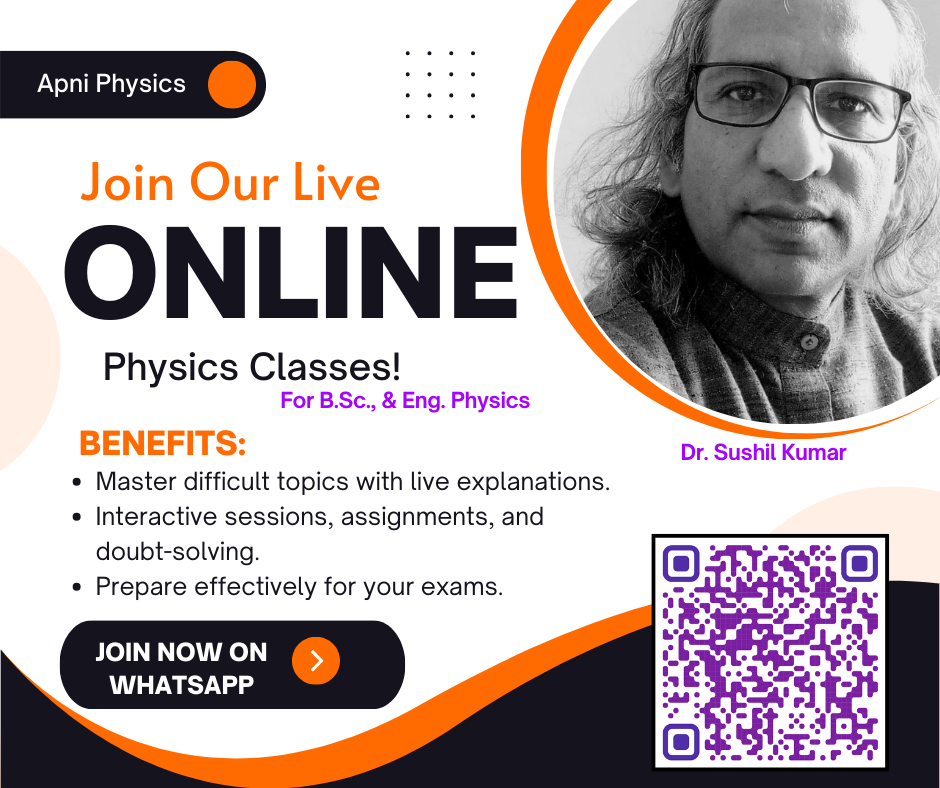e/m Thomson Method Experiment || 27- Viva Questions (e m ratio)

In e/m Thomson Method experiment, we determine the specific charge value e/m ratio by the Thomson method. Cathode ray tube is the main component of this experiment. As you know cathode ray tube has three components first is electron gun ...
Read more
Cathode Ray Tube (CRT) Construction and Working

The Cathode Ray Tube (CRT) has three main components, the first one is electron gun, second deflecting plates, and the third one luminescent screen. The CRT principle used in cathode ray oscilloscope (CRO) and Tube-based old TVs. Construction of Cathode ...
Read more
Why we rotate Michelson Morley Interferometer Apparatus by 90 degree
Michelson Morley Interferometer With the help of Michelson Morley Interferometer simulation, I have tried to explain these basic concepts… Rotation of Interferometer Michelson Morley experiment Semisilvered glass plate role the distance of two mirrors from the semi-silvered glass plate and ...
Read more
Carbon dioxide (CO2) gas Laser
Carbon dioxide (CO2) gas Laser The carbon dioxide laser (CO2 laser) was one of the earliest gas lasers invented by Kumar Patel of Bell Labs in 1964, is one of the most useful. Carbon dioxide gas lasers are the highest-power ...
Read more


